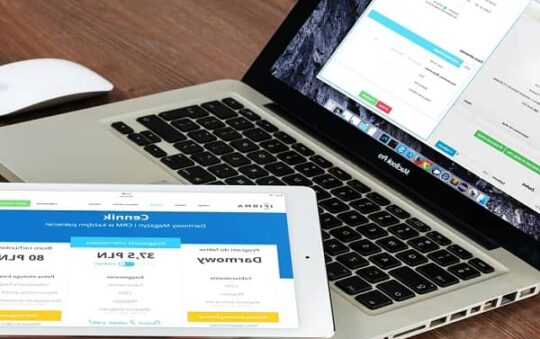As the pandemic has transformed the way businesses view managing and maintaining a remote workforce, one acronym has risen to the forefront of the discussion — SASE (pronounced ‘Sassy’). And rightfully so. When secure access service edge (SASE) architecture is implemented, the security risks involved when remote workers access company servers are mitigated. As a framework that converges wide-area networking with security in the cloud, it’s where the future is heading for companies making information security and risk mitigation their top priorities.
If you are only recently becoming familiar with the term SASE, don’t feel bad. It’s an idea that the COVID-19 pandemic pushed into the spotlight quicker than forecasters predicted. In fact, technology research and consulting company Gartner predicted that by 2024, at least 40% of businesses will have definitive strategies to adopt SASE. To give you some perspective on how rapidly the trend is moving, it was less than 1% of businesses at the end of 2018.
So why is SASE the new buzzword of business strategy for 2022 and beyond? Beyond reducing network latency in office and remote settings, SASE ensures firewalls are applied appropriately based on where a user is located. It also makes network administration a much easier task while significantly increasing online security.
Put simply, if a remote workforce is in your business’s future, choosing a provider for SASE implementation is a smart business strategy going forward. The information contained and shared via a company’s servers, including sensitive customer data, intellectual property, and financial transactions, could run a business directly into the ground if it is intercepted by cybercriminals.
You can think of the right SASE provider as your best friend and strongest protector in the context of managing a remote workforce. Here are a few steps to help you make the right choice.
Find Out What is Missing
SASE providers rarely provide a single solution to all companies, so it’s important to first determine what is missing from your existing network architecture. You’ll also need to take into account which software and applications your remote workers will access and use. Your provider should then be chosen based on what integrated services you will need going forward to employ a SASE framework.
Ensure the Provider is Cloud-Native
Since SASE is optimized via cloud-based services, it’s important to make sure the provider you choose uses a cloud-native software stack to achieve network security. The cloud is what gives the SASE model its strength and can’t be separated from it.
Also read: Choose the Right Case Management Software With These Tips
Ask if They Enable ZTNA
Zero Trust Network Access (ZTNA) is the evolved version of legacy solutions that require firewalls and VPNs. With it, enterprises can configure application-specific access at the cloud and mobile edge endpoints. SASE requires an identity-centric infrastructure, which can only be possible if your SASE vendor enables ZTNA.
Reduce Your Network Complexity and Cost
Ultimately, if your SASE vendor cannot reduce your network complexity and cost, you should seek a different vendor. The beauty of SASE is that it is both cost-effective and highly protective of your company’s data, network vulnerabilities, and reputation. It’s an ideal solution for any business embracing a work-from-anywhere approach to meet the challenges faced during COVID and beyond. A SASE provider should play an integral role in streamlining workflows and combining cloud-based technology solutions for enhanced security at a lower overall cost in an increasingly digital workspace.





